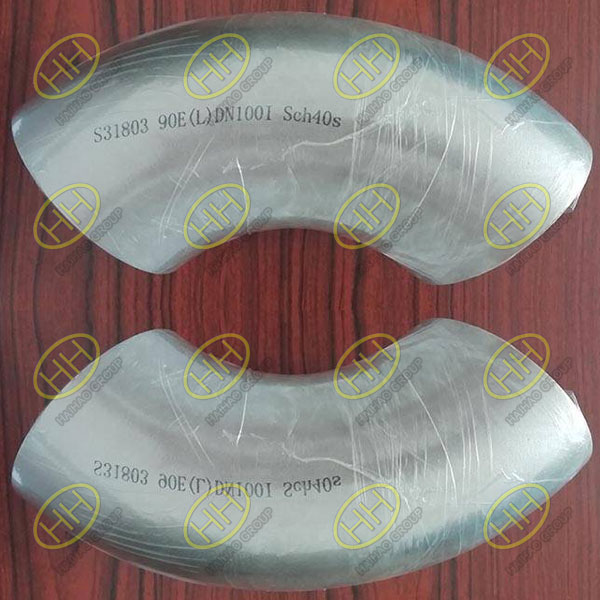Pitting experiment (ASTM G48 C) of duplex stainless steel ordered by Indonesian customer
In addition to ASTM A923 C mentioned above, the customer also provided another pitting test method, namely ASTM G48 C. In order to better understand the difference between the two, I now introduce ASTM G48 C.
Method C – Critical Pitting Temperature Test for Nickel-Base and Chromium-Beari ing Alloys:
Pour 600mL of acidic ferric chloride solution into the test container. If larger than the standard sample is used, a solution capacity of at least 5mL/cm2(30mL/in2) should be provided based on the sample surface area. Cover the container with an observation glass lid, transfer to a thermostatic bath and allow it to reach the required constant temperature. Check the temperature before the test begins.
Place a sample in a container and place observation glass on top of the container. The temperature [1℃ (±1.8°)] was maintained throughout the test. The standard test period was 72 hours. At the end of the test cycle, the sample is removed, washed with water, scrubbed with a nylon bristle brush under running water, soaked in acetone or formaldehyde, and dried in gas. Pitting corrosion can be considered if the local corrosion depth is 0.025mm(0.001in) or deeper. In other words, the product can be judged as unqualified.
From the description of the two experiments, it can be seen that ASTM A923 C focuses on the detection of corrosion rate, while ASTM G48 C focuses on the detection of pitting size, or the presence of pitting. To sum up, the client prefers ASTM G48 C, and our company also accepts the client’s point of view and prepares according to ASTM G48 C. However, when the sampling was about to be completed, the client proposed A new test method, NAMELY ASTM G48 A. It can be seen from the name of the experiment that they all belong to ASTM G48. So what’s the difference? Why did the client change the experiment?

